|
PROJECTS
|
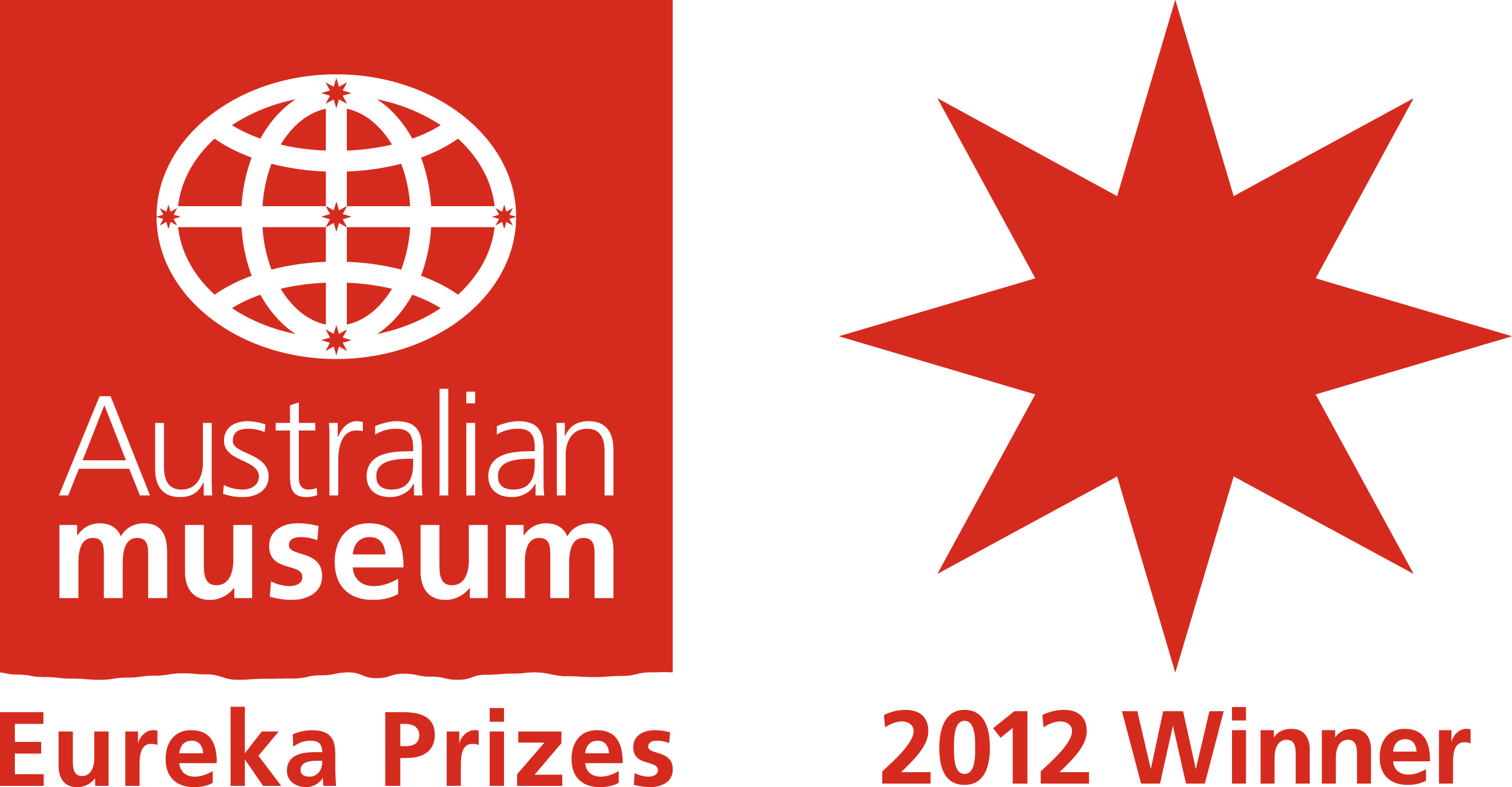 |
 |
|
|
ANIMALAND / Alan Dorin
|
Lists of written work, audio, visual & interactive works are also on-line.
|
PROJECTS
|
 |
 |
|
|
ANIMALAND / Alan Dorin
|
MAJOR RESEARCH PROJECTS
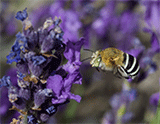 |
Insects are essential to agriculture, but their populations are changing in poorly understood ways that are likely to impact on human food supplies. This project will construct evolutionary agent-based models of change in crop-pollinating insects: honeybees, bumblebees, stingless bees, and flies. It will model how these population changes affect production, predicting floral traits to breed into crop plants for ongoing pollination success - for economic viability, and national and global food security. One major practical outcome will be a flexible "artificial life" plant/pollinator simulation of insect-specific visual perception, innate and learned foraging behaviour, important physiological factors, and inter-species interactions. |
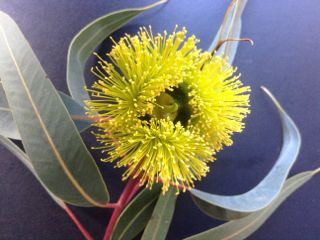 |
Agent-based simulations enable time- and cost-effective evaluations of complex interactions between different real-world entities. Recent investigations on pollinator-plant interactions show that the learnt flower preferences of important pollinators like bees is dependent upon both flower temperature, and regional ambient temperatures. This shows that local and global changes in climatic conditions may directly influence how certain plants are pollinated. This project will produce computer simulations to reveal how climate change may directly influence flower evolution in the future, and how the management of environmentally and economically important plants can be modelled to inform reliable decision making about this important resource. |
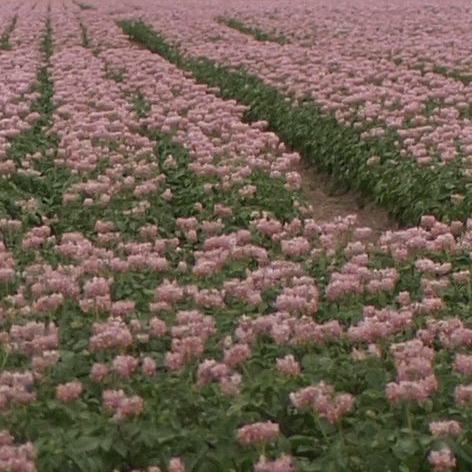 |
This PhD will investigate the interaction between bee-pollinated plants and their insect pollinators in agricultural scenarios. The aim is to research, design, implement and test simulation tools for application in Australian and global food production industries. These tools will provide decision support for farmers suggesting how to locate individual plants and orchards with respect to one another and with respect to the locations of beehives and natural ecosystems. The impact on crop yield of invasive and other non-crop flowering plants on pollinator behaviour will also be modelled. The project will take account of existing empirical data and new research concerning insect pollinator learning behaviour, flower-constancy and the visual scanning methods used by different pollinators. |
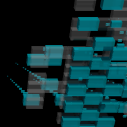 |
This project will develop an immersive environment for 3d generative modelling for children. 3d printing is now readily available and has proven to be a very successful tool to engage kids with information technology. This has been recognized by industry and academia and a number of 3d modelling environments for kids, even for primary school age, have appeared. However, those that are conceptually simple are overly simplistic in their modelling approach. Simply said, kids can model in a much better and much more versatile way with Lego than with any virtual environment. One of the major hurdles for children is the conceptual mapping of the on-screen 2d world to the intended 3d object. Another one is to decompose an intended step of 3d manipulation into a sequence of 2d interactions. Surprisingly, none of the modelling environments aimed at children uses immersive 3d visualization and interaction, even though these technologies have now become inexpensive and readily available. A second, related technology that has proven to be very successful at engaging kids is generative and parametric arts, i.e. the generation of art objects by writing programs that create them (or modify a seed object) rather than by direct manipulation of (virtual) materials. Educationally, the big attraction of this technology is that it bridges from pure use of IT to the world of programming. There is any number of educational tools available for generative arts in 2d, and some of these, in particular Processing, are extremely popular and in wide use. However, almost none are available for 3d modelling. The few that exist, like Grasshopper, are parts of complex professional tool suites for adults. The project will bring these two areas together by creating an immersive environment for 3d generative modelling for children. This will open new educational opportunities for children and will generate new insights into how children interact with and conceptualise 3d worlds. |
 |
We will construct a novel language for the synthesis of form in digital arts that adopts a fundamentally process-oriented approach, an alternative to traditional object-based methodologies found in current systems. The language will be implemented in computer software, developed and tested for application in the creative arts. It will enhance artists' abilities to conceptualise, create and manipulate 3D geometry, animation and digital audio. The process-focused methodology the research promotes will foster modes of engagement with our interactive software unavailable in existing creative tools. |
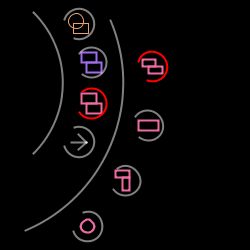 |
This research investigates computer-human interaction beyond the limitations of the single user and their mouse and cursor. In particular, it explores multi-touch technology and video camera input of multi-user behaviour to free users from the constraints of sitting alone at a desktop computer. Applications for research include shared 3D architectural modelling, 2D generatively-assisted sketching and drafting, distinguishing between multiple simultaneous users' interactions on a multi-touch, multi-user table and the recognition of gallery visitor visual characteristics using video imagery. |
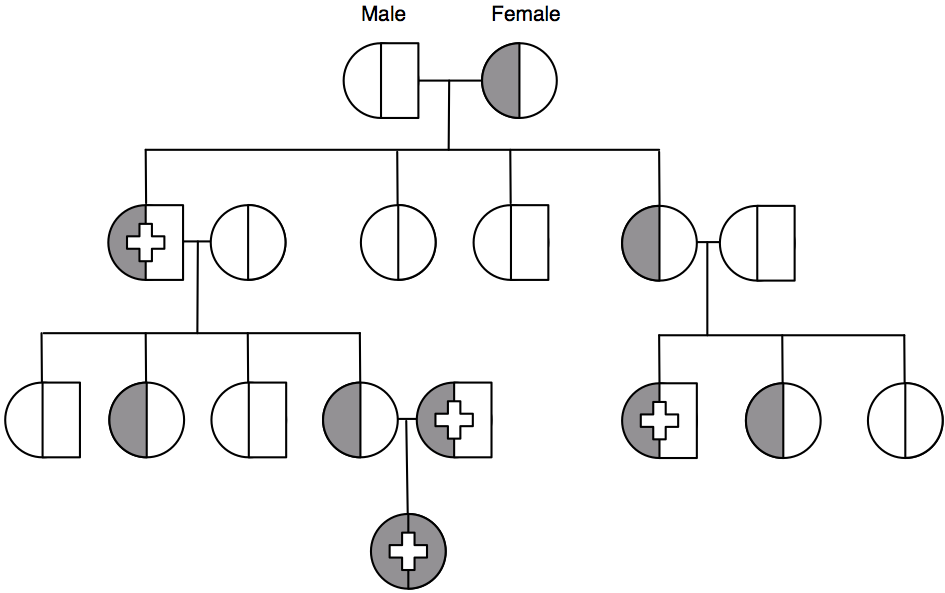 |
As birth rates in developed and newly industrialising countries fall, so too do the number of households containing children, with implications for the spread of infections in families. We aim to study the influence of this phenomenon on the risk of common childhood infections, and the length of time that vaccines given in infancy will protect. |
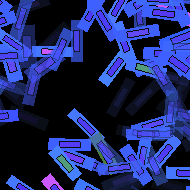 |
We will research biologically inspired computational models to develop new methods for computer creativity. The project aims to advance techniques for computer graphics modelling that can be applied to problems in the design and construction of rich, interactive visual environments. The systems we will construct allow the design of three-dimensional entities that develop and respond to their environment, a simulated ecosystem. The production of these virtual spaces has hitherto been difficult with existing technology. Our research provides a software tool capable of a broader range of expression than previous systems, and one that can be mastered by designers working with digital media. |